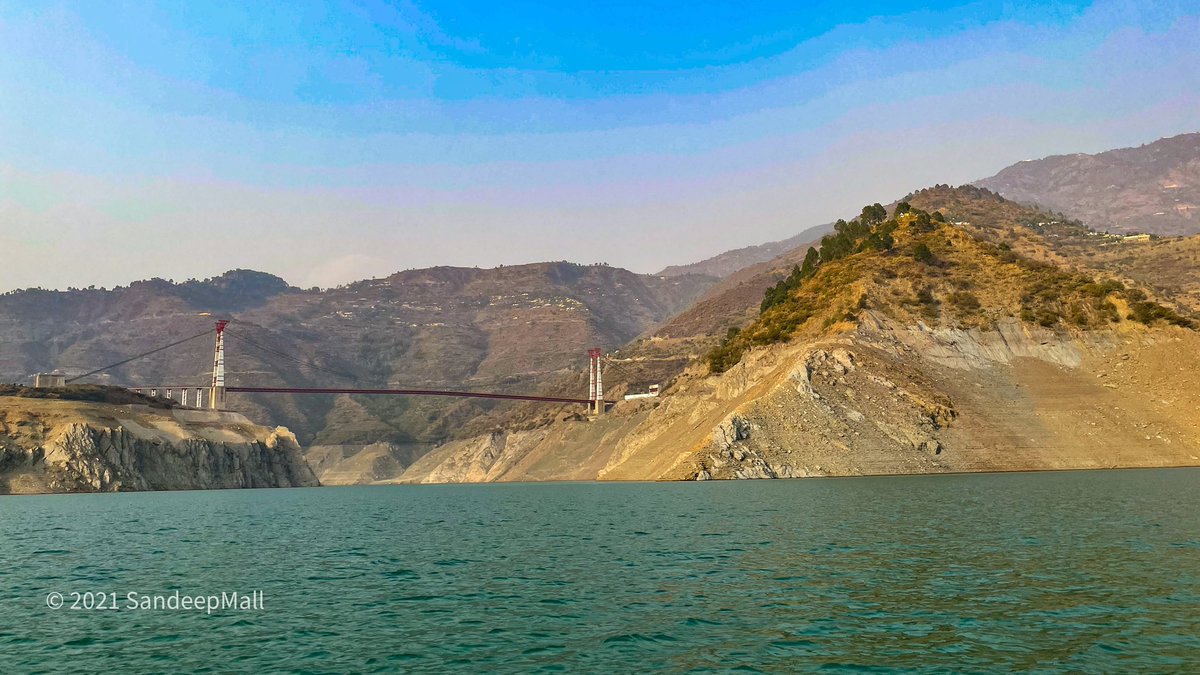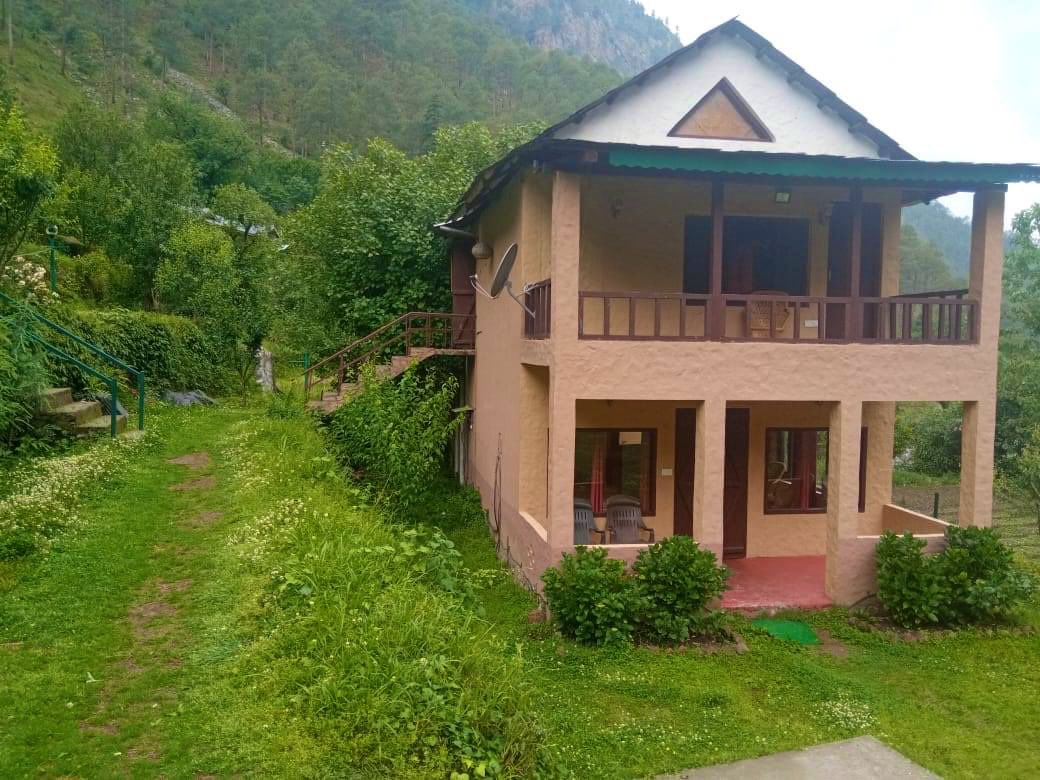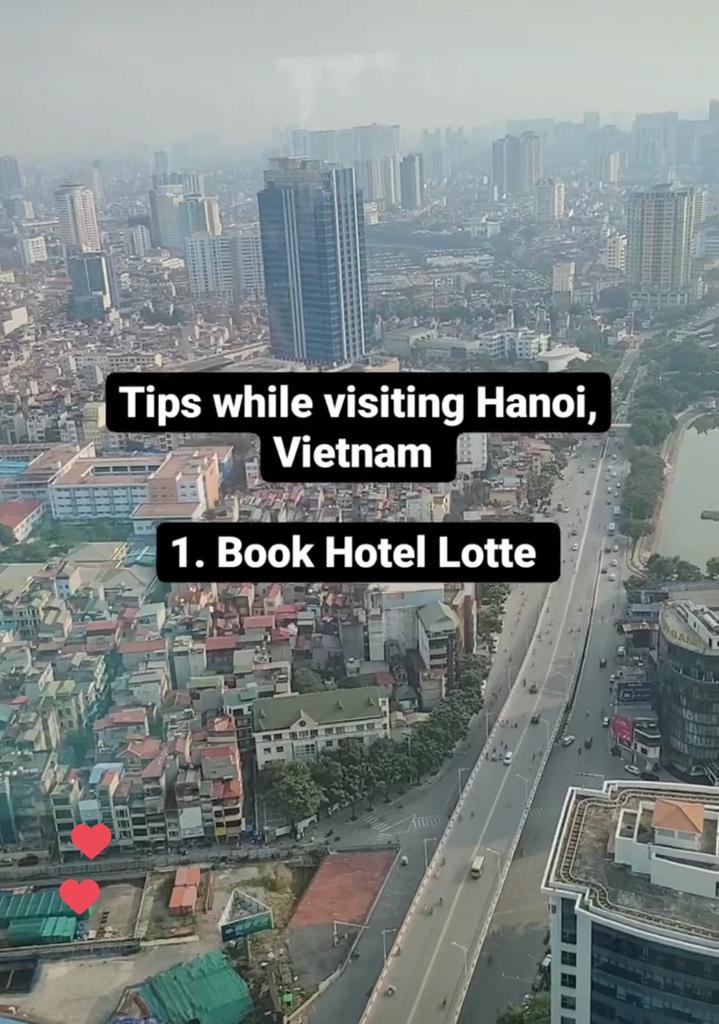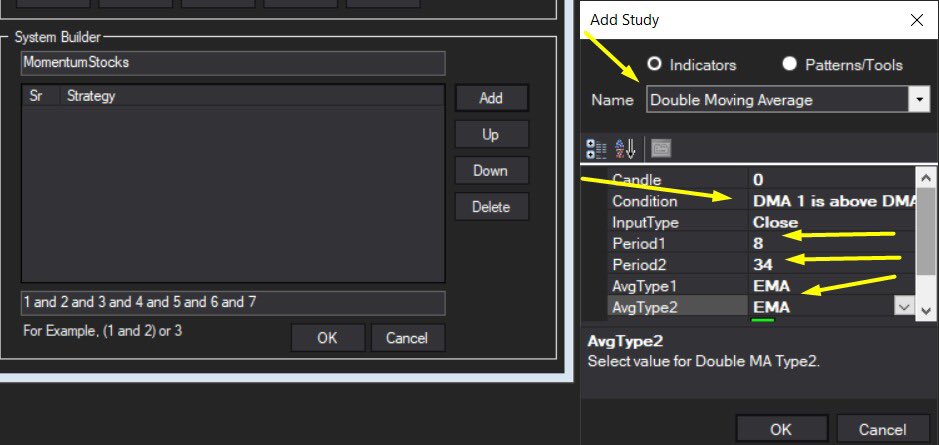
No offense to anyone But #Telangana Beauty is Very Very Underrated (Except Hyderabad) :
My Thread 🧵 :
1. Bhadrachalam
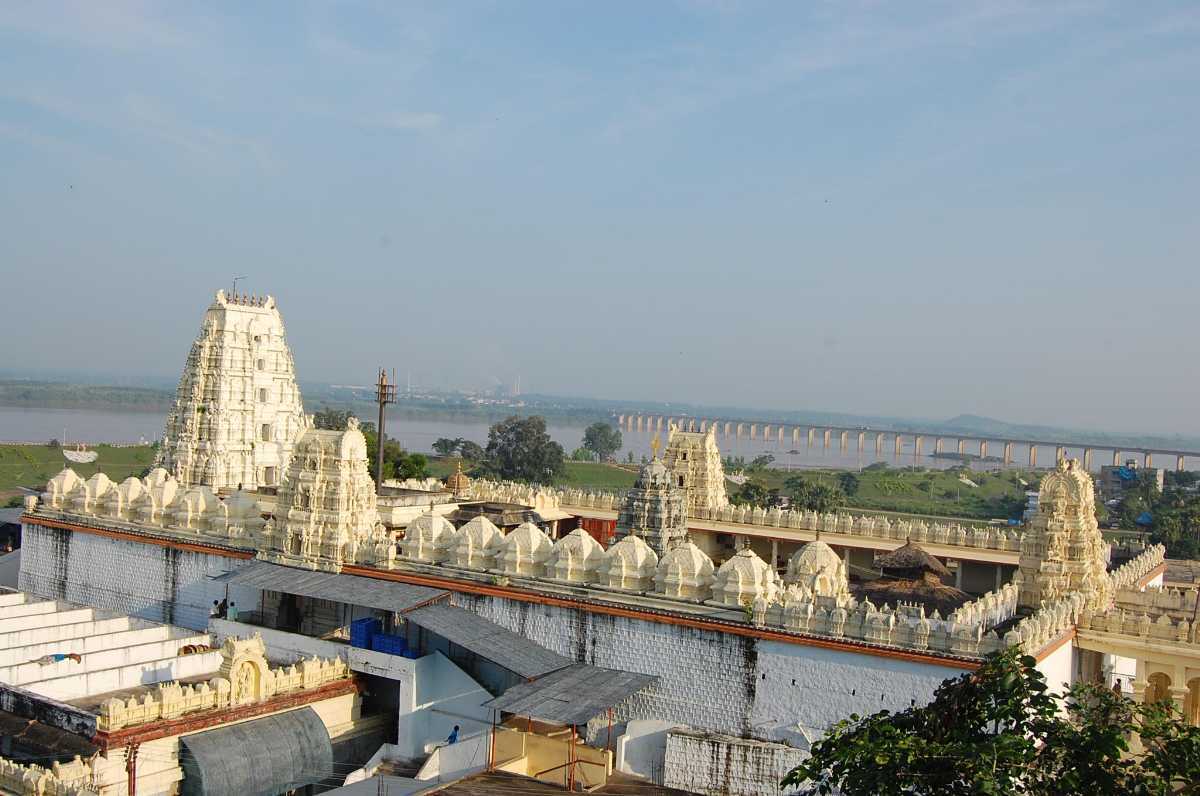
1. Wanaparthy Palace
2. Khilla Ghanpur Fort
3. Kolikonda Fort
4. Lalitha Someshwara Swamy Temple
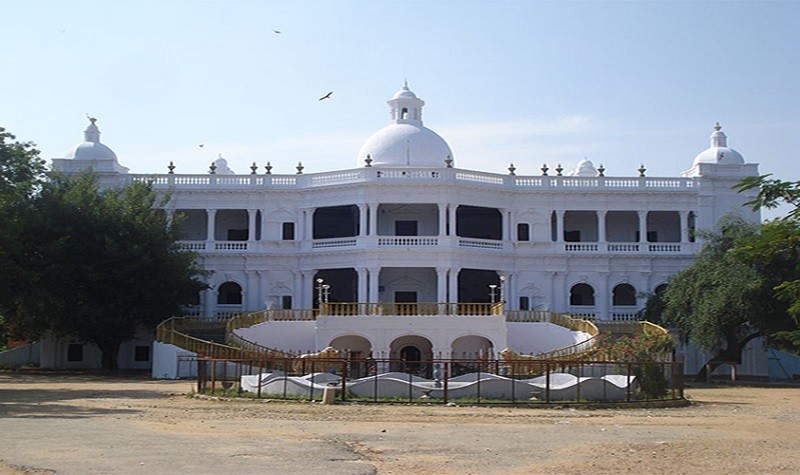
Used by kakatiyas, Qutubshahis, Asaf jahis - The only gateway to north Telangana 🤗
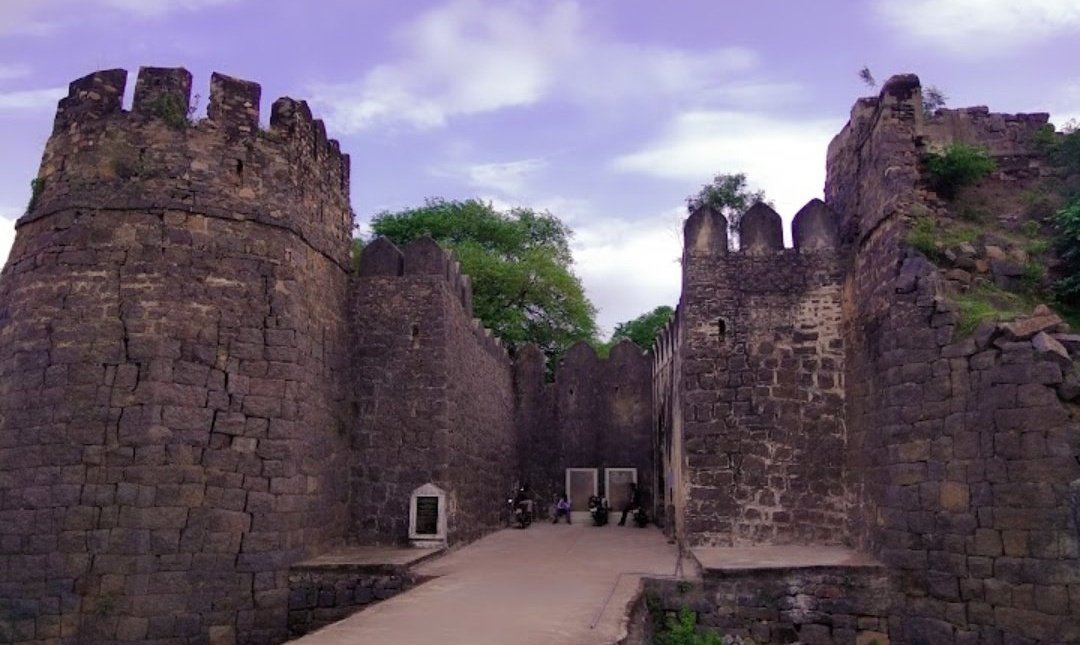
(were not natural, they were dug by kakatiyas which are the major source of irrigation in warangal, mulugu even now) 😮
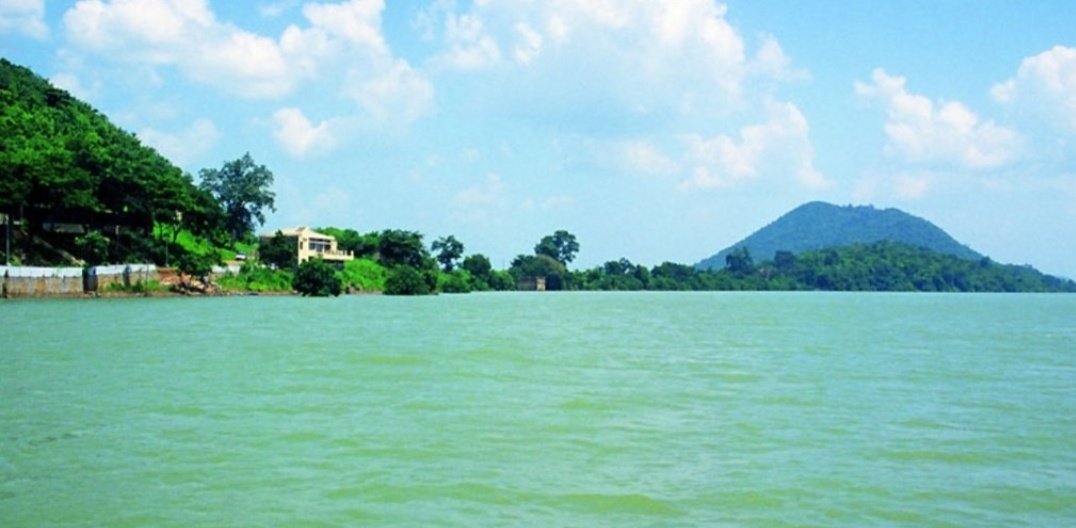
(Most Famous for Wooden Toys and Paintings and it has 400 Years old Tradition of making the toys & paintings) 🛐🥵 & also called as City of FORTS.

It is believed that the temple was built between 928-850 BC. This ancient temple was demolished under aurangazeb rule. But it was constructed yet again in 1700's and made a temple 🙏🤗
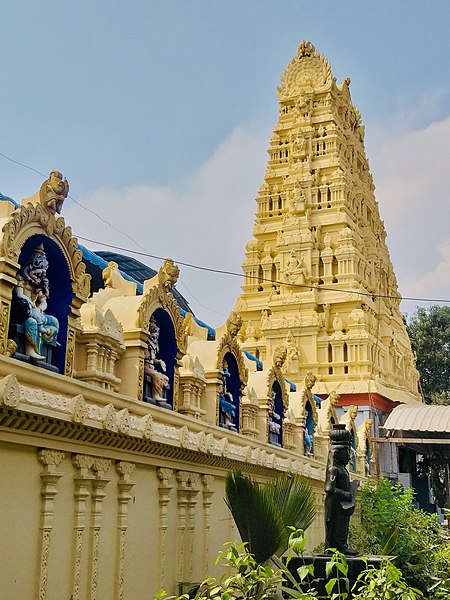
Somasila is widely known for 15 temples built around Shivlings and it's also called as ISLAND OF TELANGANA 🥵
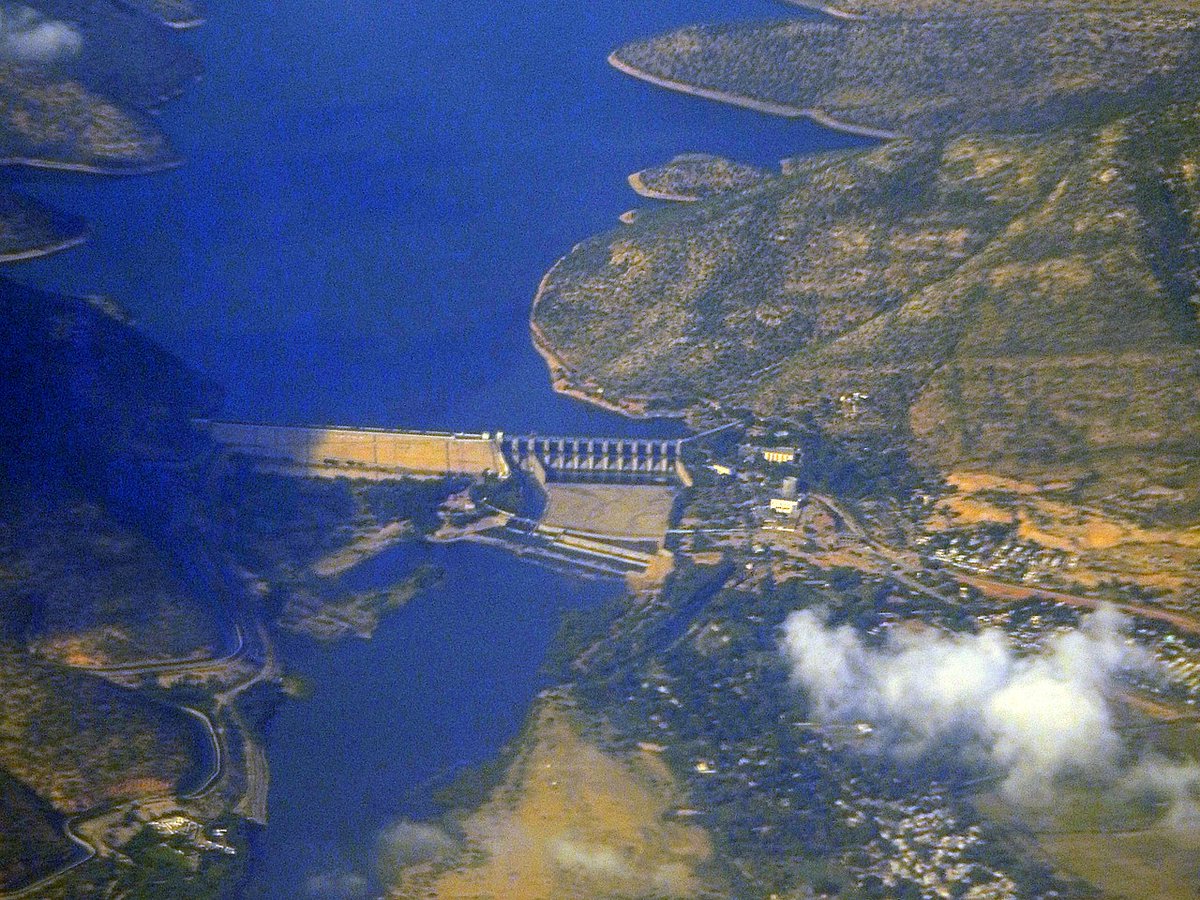
1. Sri Sapthaprakaryuta Durgadevi Temple
2. Simgoor Project (Manjeera Dam)
3. Sri Kashi vishweshwara temple
4. Gottam gutta water falls
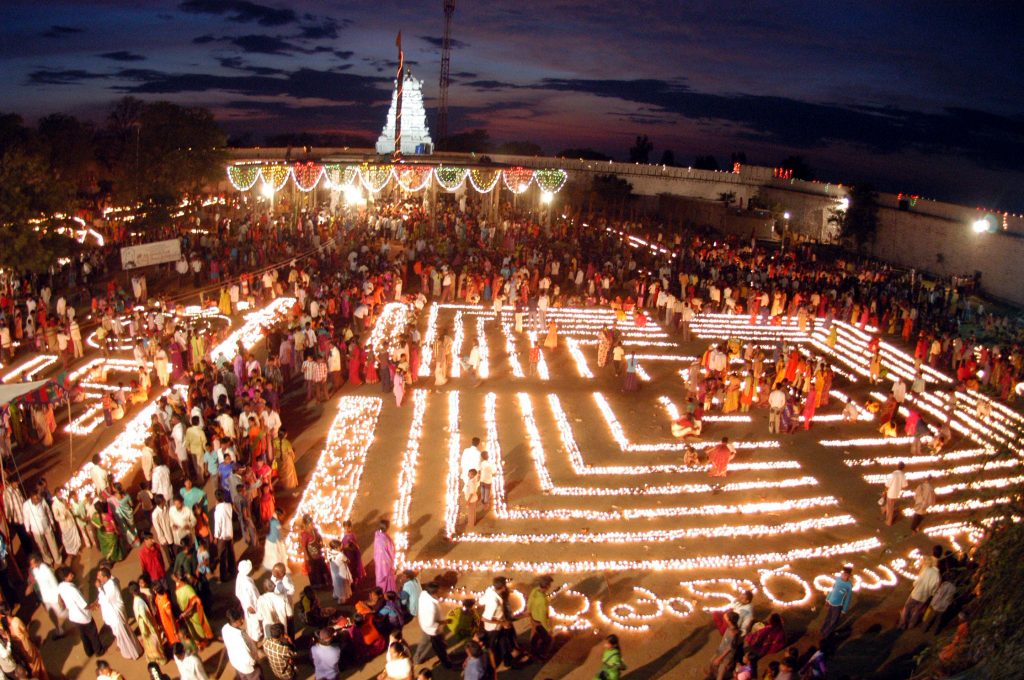
The Ministry of Tribal Affairs, Government of India, has sanctioned Rs. 2.26 Crores for Medaram Jatara 2022. It is the SECOND-LARGEST fair in India, after the KUMBHA-MELA.
It is estimated that around 50 Lakh devotees visited this year 🛐🛐🛐

Mallanna Temple - Komuravelli Temple popularly known as Komuravelli Mallanna Temple is a Hindu temple located on a hill in Komuravelli village of Siddipet district. The primary deity is Mallanna or Mallikarjuna Swamy who is an incarnation of Lord Shiva 🙏🙏🙏
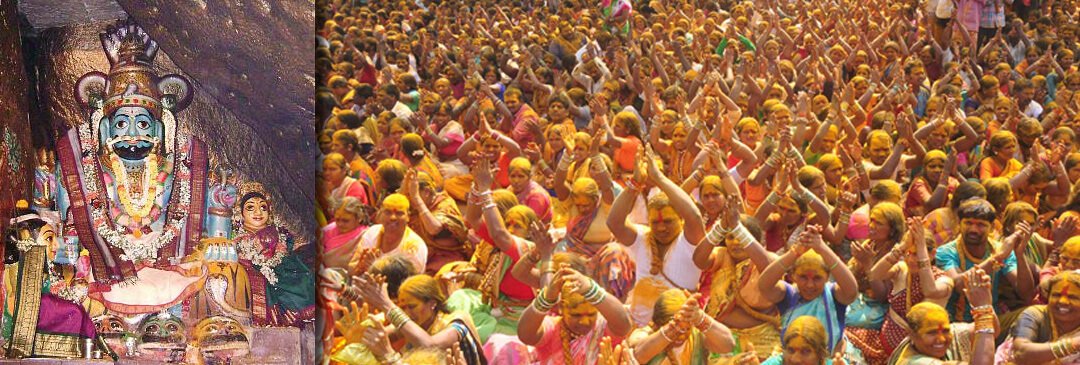
More from Travel
You May Also Like
So it's now October 10, 2018 and....Rod Rosenstein is STILL not fired.
He's STILL in charge of the Mueller investigation.
He's STILL refusing to hand over the McCabe memos.
He's STILL holding up the declassification of the #SpyGate documents & their release to the public.
I love a good cover story.......
The guy had a face-to-face with El Grande Trumpo himself on Air Force One just 2 days ago. Inside just about the most secure SCIF in the world.
And Trump came out of AF1 and gave ol' Rod a big thumbs up!
And so we're right back to 'that dirty rat Rosenstein!' 2 days later.
At this point it's clear some members of Congress are either in on this and helping the cover story or they haven't got a clue and are out in the cold.
Note the conflicting stories about 'Rosenstein cancelled meeting with Congress on Oct 11!"
First, rumors surfaced of a scheduled meeting on Oct. 11 between Rosenstein & members of Congress, and Rosenstein just cancelled it.
He's STILL in charge of the Mueller investigation.
He's STILL refusing to hand over the McCabe memos.
He's STILL holding up the declassification of the #SpyGate documents & their release to the public.
I love a good cover story.......
The guy had a face-to-face with El Grande Trumpo himself on Air Force One just 2 days ago. Inside just about the most secure SCIF in the world.
And Trump came out of AF1 and gave ol' Rod a big thumbs up!
And so we're right back to 'that dirty rat Rosenstein!' 2 days later.
At this point it's clear some members of Congress are either in on this and helping the cover story or they haven't got a clue and are out in the cold.
Note the conflicting stories about 'Rosenstein cancelled meeting with Congress on Oct 11!"
First, rumors surfaced of a scheduled meeting on Oct. 11 between Rosenstein & members of Congress, and Rosenstein just cancelled it.
Rep. Andy Biggs and Rep. Matt Gaetz say DAG Rod Rosenstein cancelled an Oct. 11 appearance before the judiciary and oversight committees. They are now calling for a subpoena. pic.twitter.com/TknVHKjXtd
— Ivan Pentchoukov \U0001f1fa\U0001f1f8 (@IvanPentchoukov) October 10, 2018
Margatha Natarajar murthi - Uthirakosamangai temple near Ramanathapuram,TN
#ArudraDarisanam
Unique Natarajar made of emerlad is abt 6 feet tall.
It is always covered with sandal paste.Only on Thriuvadhirai Star in month Margazhi-Nataraja can be worshipped without sandal paste.

After removing the sandal paste,day long rituals & various abhishekam will be https://t.co/e1Ye8DrNWb day Maragatha Nataraja sannandhi will be closed after anointing the murthi with fresh sandal paste.Maragatha Natarajar is covered with sandal paste throughout the year
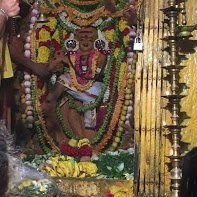
as Emerald has scientific property of its molecules getting disturbed when exposed to light/water/sound.This is an ancient Shiva temple considered to be 3000 years old -believed to be where Bhagwan Shiva gave Veda gyaana to Parvati Devi.This temple has some stunning sculptures.

#ArudraDarisanam
Unique Natarajar made of emerlad is abt 6 feet tall.
It is always covered with sandal paste.Only on Thriuvadhirai Star in month Margazhi-Nataraja can be worshipped without sandal paste.

After removing the sandal paste,day long rituals & various abhishekam will be https://t.co/e1Ye8DrNWb day Maragatha Nataraja sannandhi will be closed after anointing the murthi with fresh sandal paste.Maragatha Natarajar is covered with sandal paste throughout the year

as Emerald has scientific property of its molecules getting disturbed when exposed to light/water/sound.This is an ancient Shiva temple considered to be 3000 years old -believed to be where Bhagwan Shiva gave Veda gyaana to Parvati Devi.This temple has some stunning sculptures.








































